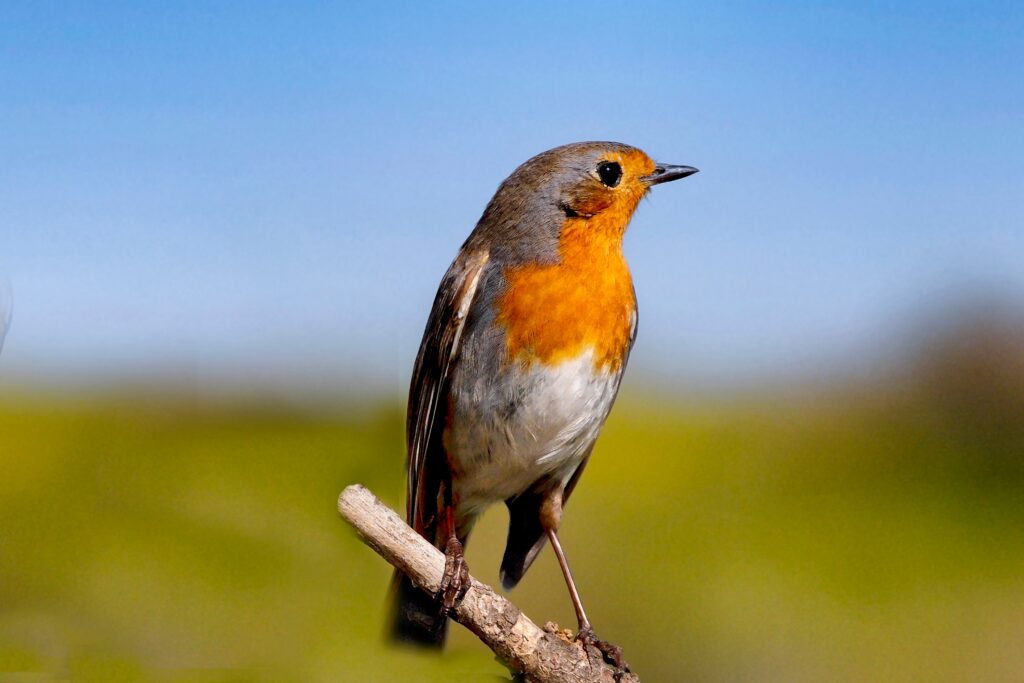Study Reveals How Bird Populations Shape Song Evolution
The songs that birds sing—much like human music—are shaped by age, social interactions, and migration patterns. A new study has found that structural changes within a bird population can impact song selection, similarity, and the speed at which songs are replaced.
Scientists Analyze 20,000 Hours of Birdsong Recordings
Researchers examined 20,000 hours of birdsong recordings from great tits in Wytham Woods, Oxford. Over three years, scientists tracked individual male birds using artificial intelligence and physical monitoring. More than 100,000 songs were recorded and analyzed to understand how factors like age and movement influenced song repertoires.
Dr. Nilo Merino Recalde, lead author of the study from the University of Oxford, highlighted the significance of the findings. “This research is fascinating because it highlights universal patterns in learned traits, much like human languages and music.” However, he noted a key difference: birds use songs primarily for territory defense, deterring rivals, and attracting mates, which influences their evolution.
Using AI models, the team analyzed song similarities at different levels—including individual birds, neighborhoods, and entire populations. This approach helped researchers understand how migration, age distribution, and population turnover shaped birdsong structures.
Age and Movement Impact Song Diversity
The study found that birds of similar ages living in the same area tended to sing similar songs. Older birds were more likely to perform older, less common tunes—comparable to how older humans might favor traditional music. Because great tits learn their songs within their first year, mixed-age neighborhoods exhibited greater song diversity.
Migration also played a significant role in shaping birdsong patterns. New arrivals often adopted local songs rather than introducing new ones. Since most birds disperse while they are still learning, they integrate into existing song cultures rather than changing them. However, migrating birds were observed to have slightly larger song repertoires, though the reason for this remains uncertain.
Additionally, neighborhoods where birds stayed in one location for extended periods developed unique, localized songs. In contrast, areas with frequent movement displayed more uniform song repertoires, as increased mobility accelerated the spread of popular tunes across the population.
Implications for Conservation and Bird Behavior Studies
This research offers valuable insights into cultural evolution among birds and may also contribute to conservation efforts. Dr. Recalde suggested that birdsong analysis could help assess population health and structure without the need for capturing birds. “By studying their songs, we can gain information about population dynamics and stability,” he explained.
Understanding how bird populations adapt to environmental changes through song evolution could lead to improved conservation strategies. As researchers continue exploring the connections between communication, learning, and adaptation in birds, these findings could provide broader insights into how culture evolves in the animal kingdom.
For more updates on health research and medical studies, visit EuroNews24.
